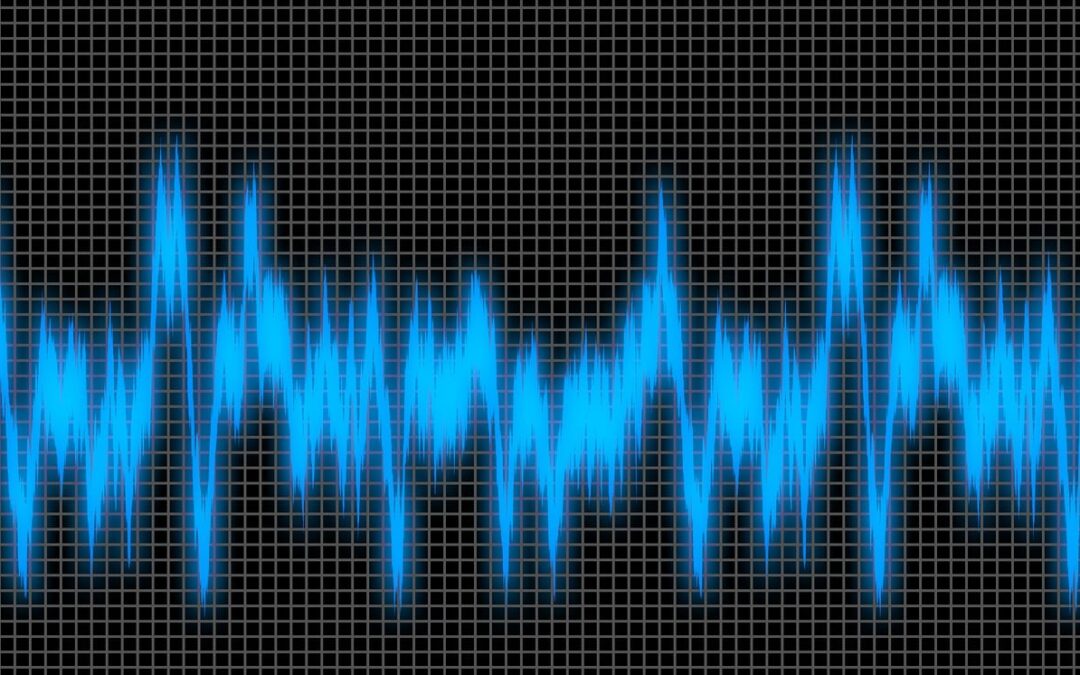There are many risks associated with high noise levels in the workplace. The most obvious one being hearing impairment and at times hearing loss. It was found that loud environments can also lead to interference with communication and hence, increase the probability of an accident occurring. Prolonged exposure to noises above 85dB may lead to noise-induced hearing loss which cannot be reversed.
Noise is measured in decibels (dB). The HSA specifies the lower exposure action value to be 80dB, upper exposure action value to be 85dB and outlines 87dB as the exposure limit to which no employee should be exposed to (accounting for hearing protection). Table 1 puts these values into perspective.
| Noise level (dB) | Example |
| 50 | Moderate rainfall, refrigerator |
| 60 | Normal conversation, electric toothbrush |
| 70 | Washing machine, dishwasher |
| 80 | Noisy restaurant, vacuum |
| 85 | Blender, heavy traffic |
| 90 | Lawnmower, shouting conversation |
| 100 | Nightclub, train, snowmobile |
| 120 | Ambulance siren, rock concert |
Table 1 – Examples of sounds at set noise levels
Sounds exceeding 85dB can lead to hearing damage, however this is also dependent on the amount of time. At 85dB the maximum daily exposure is after 8 hours, this time is halved at the volume is raised by 3 decibels, as can be observed in Table 2.
| Noise Level (dB) | Exposure time before hearing loss occurs |
| 85 | 8 hours |
| 88 | 4 hours |
| 91 | 2 hours |
| 94 | 1 hours |
| 97 | 30 minutes |
| 100 | 15 minutes |
| 103 | 7.5 minutes |
| 106 | 3.75 minutes |
Table 2 – Exposure time before hearing loss occurs
The most effective way of preventing hearing loss to employees is to attempt to lower the noise exposure to 80dB. If this is not possible, appropriate PPE should be provided and the employees need to be informed. Examples of PPE include earplugs, which block the ear canal, earmuffs, which cover the entire ear and semi – inserts which cover the entrance to the ear canal. It is important to note that eye protection can disturb the seal that earplugs make inside the ear canal.
A noise survey is a systematic method of measuring sound pressure levels of specific equipment or tasks in an area. It involves taking noise measurements throughout the area in question. The assessment will determine the frequency and amplitude of the sound in the air to provide the required information for a noise risk assessment.
Occupli Consultancy specialists provide practical solutions and advice to all our clients in all areas of safety concerns. Our team work to legislative requirements and benchmark against industry best practice to produces assessments for our clients. Occupli Consultants have carried out noise risk assessments in a range of different industries including medical devices, pharmaceutical and food industries.
If you require consultation on control of noise in the workplace or any other safety issues, reach out to our team of consultants here.

